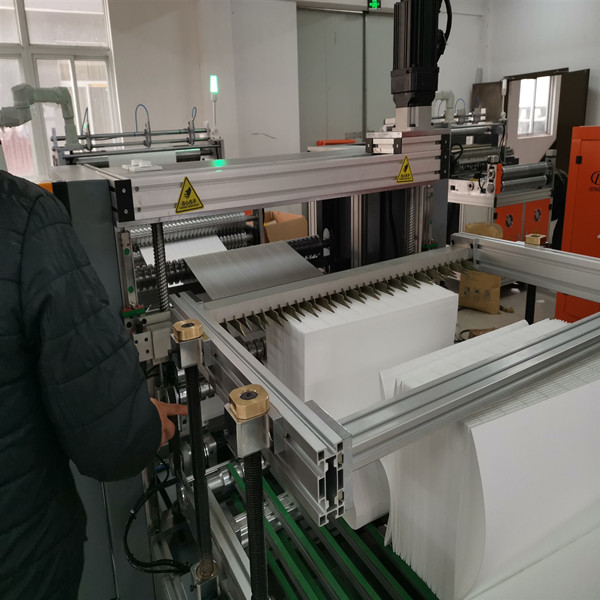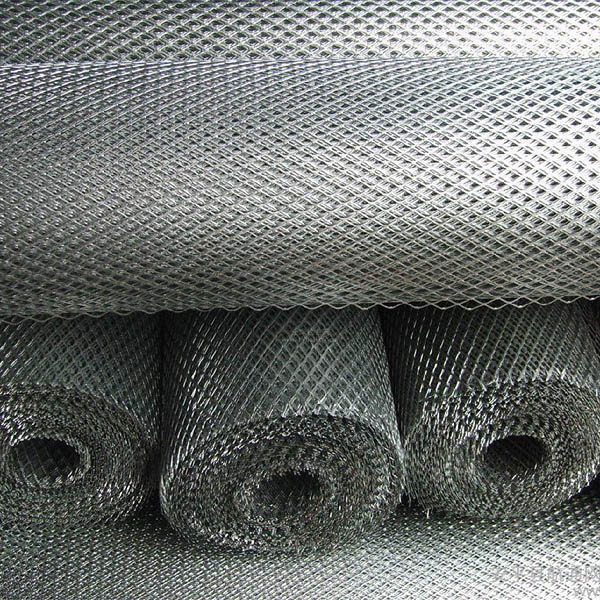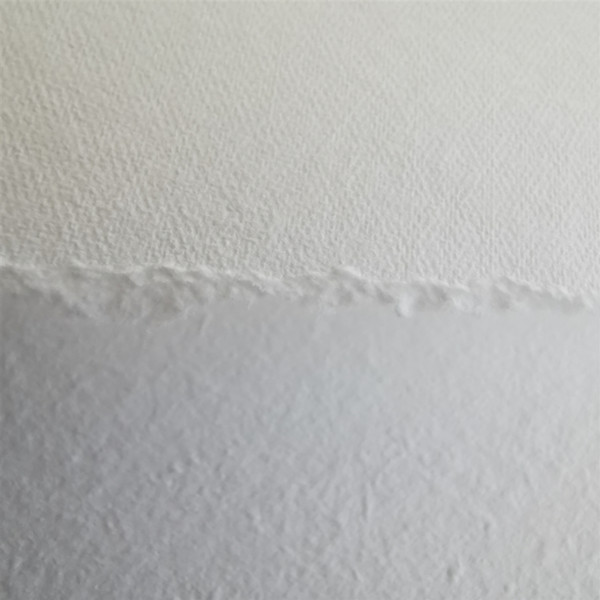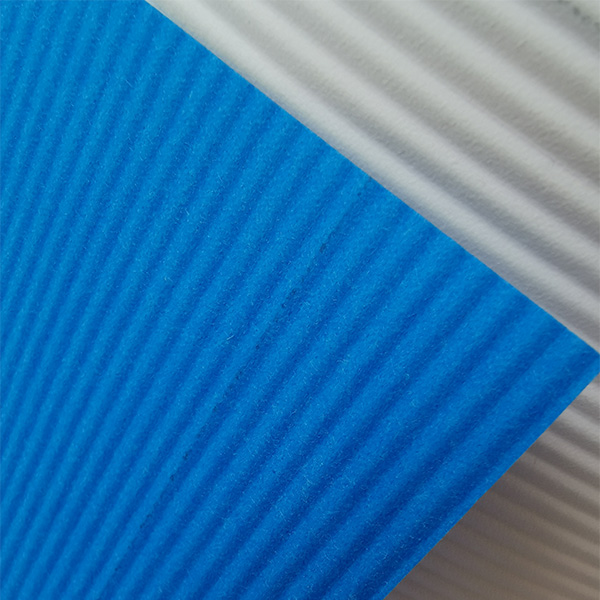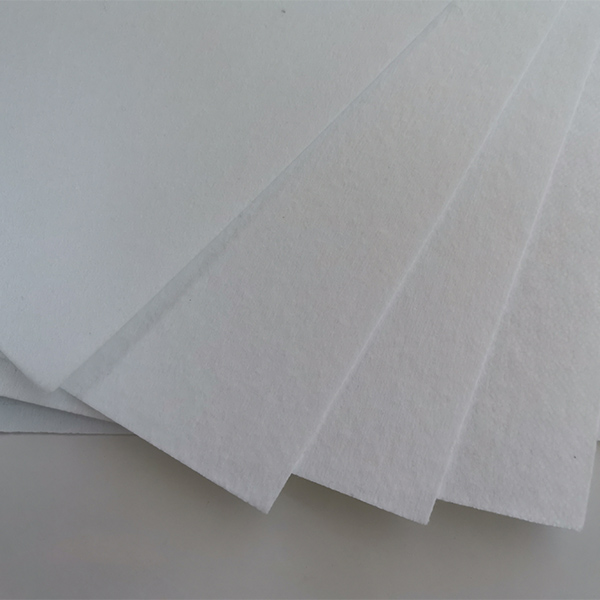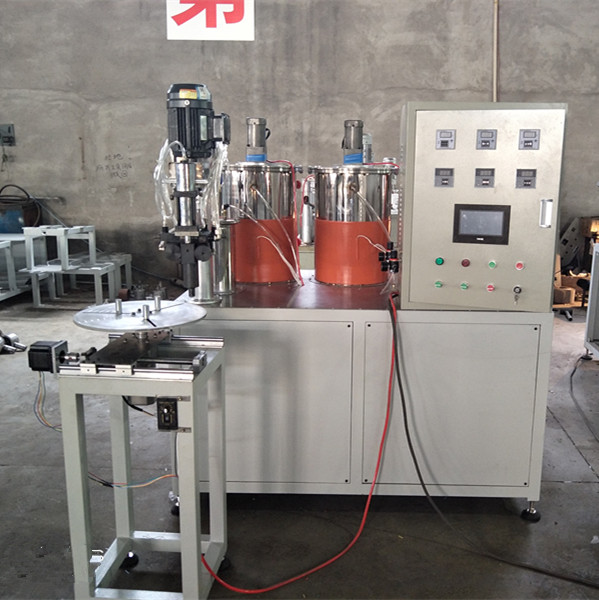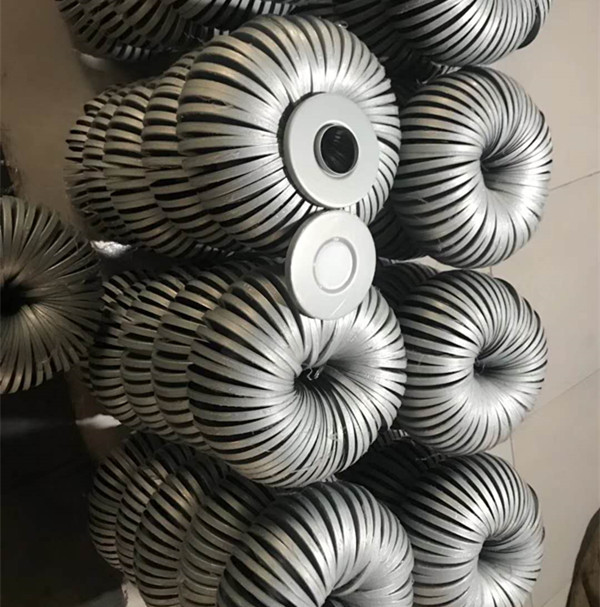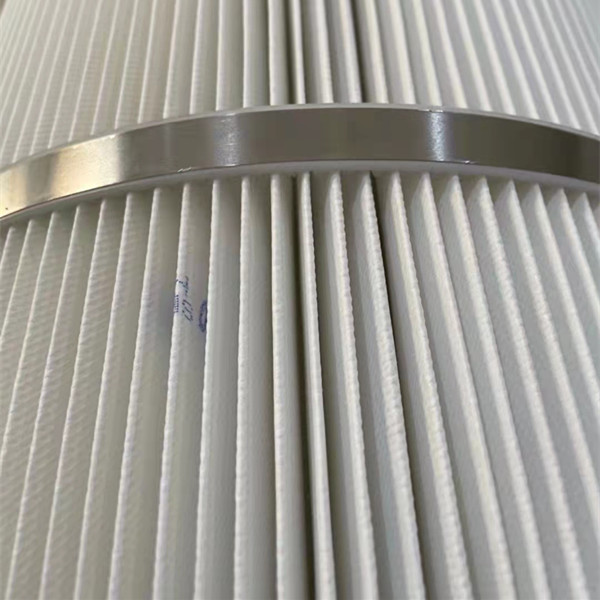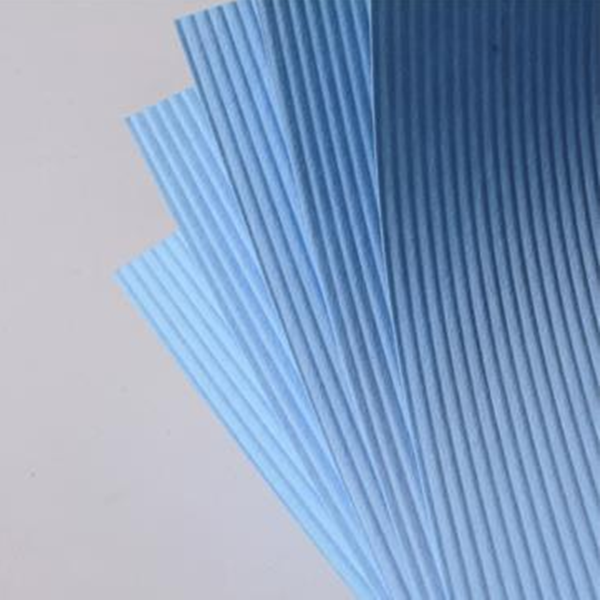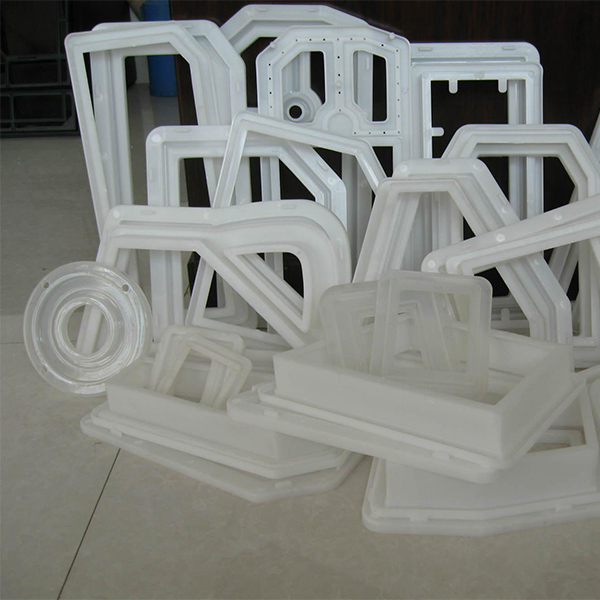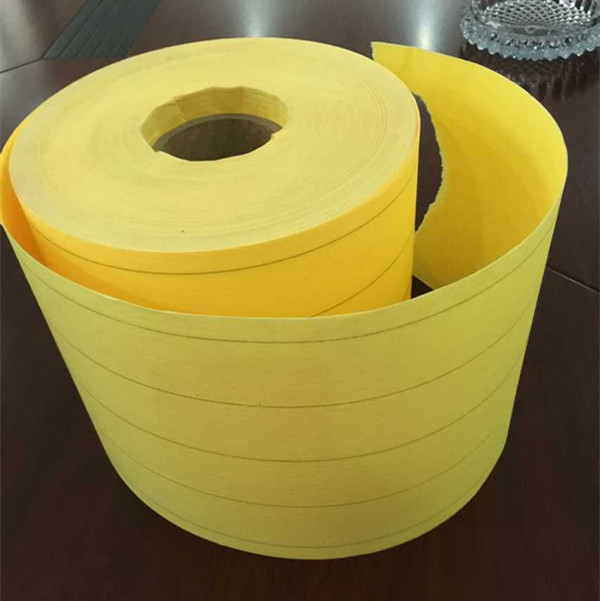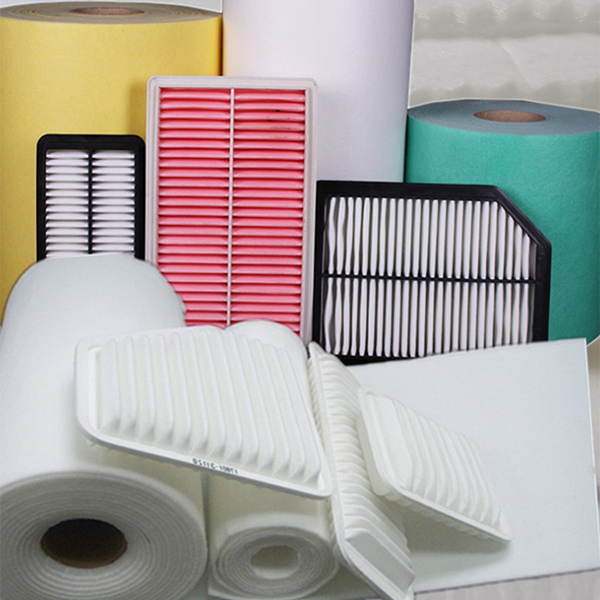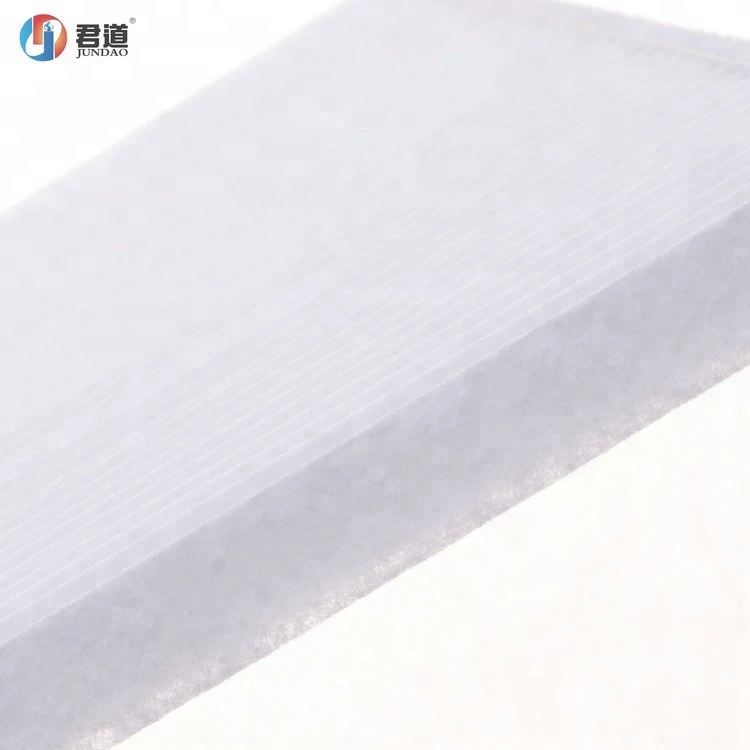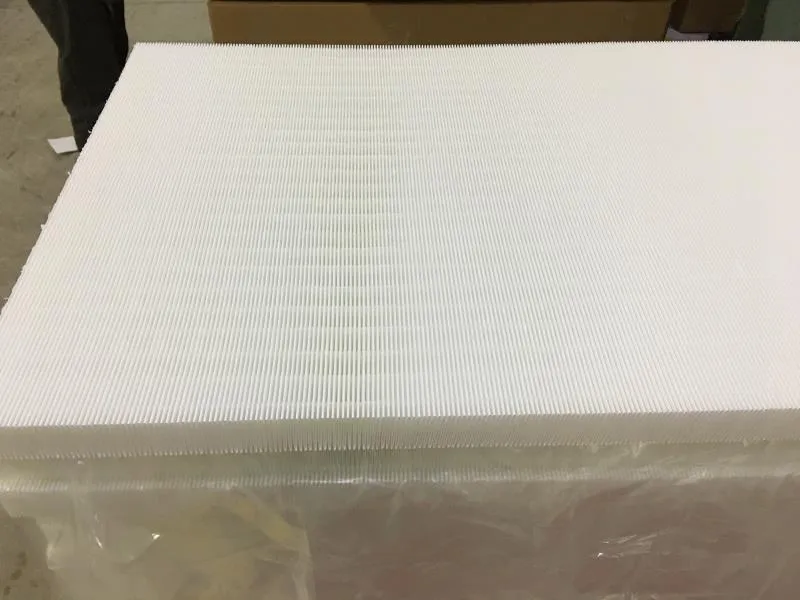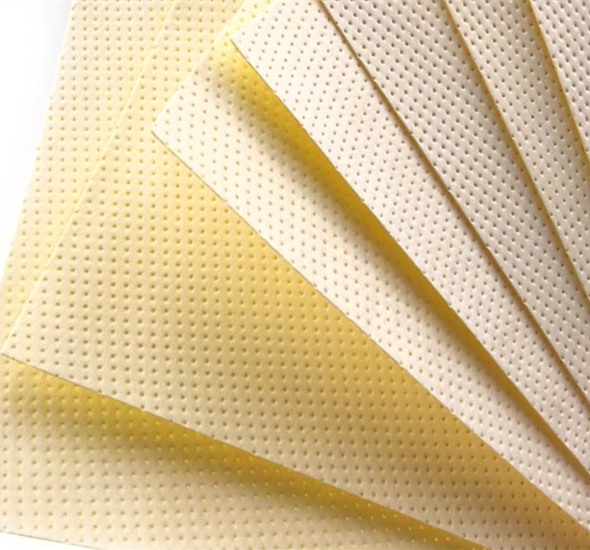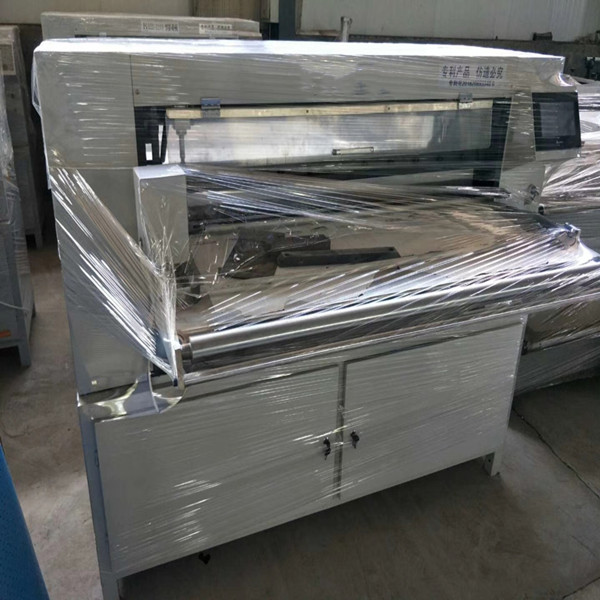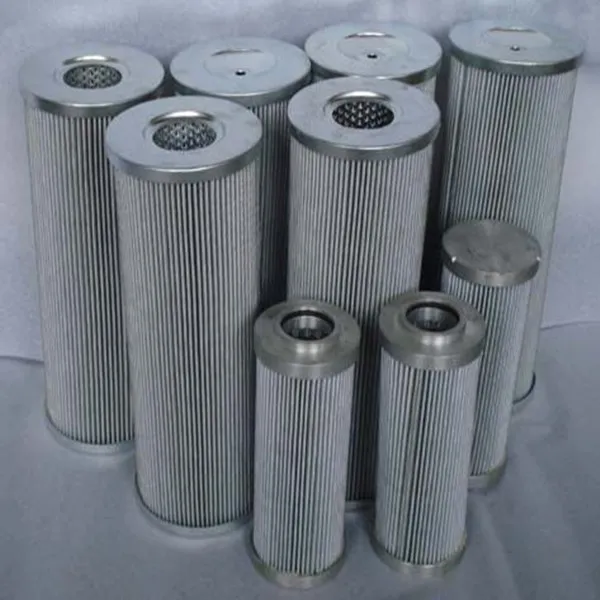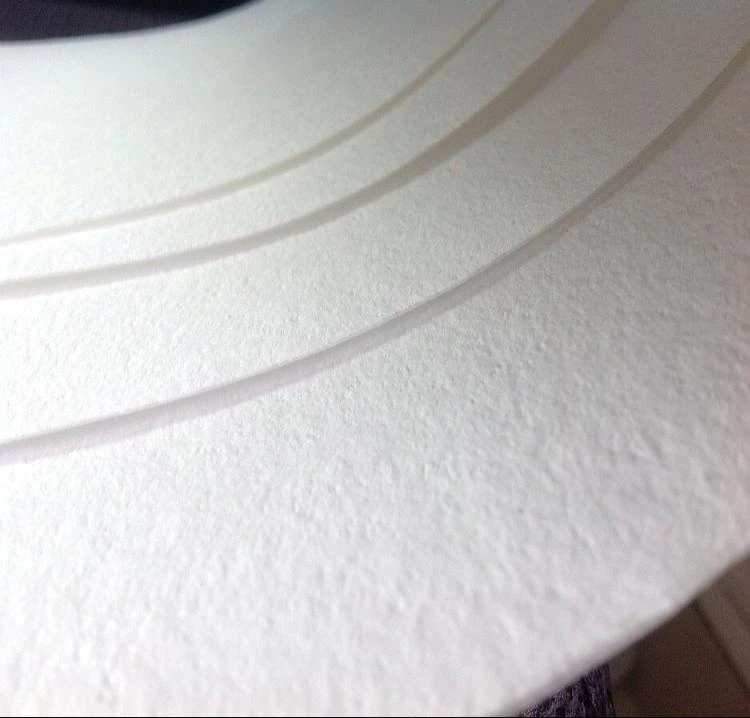- Understanding the Role of Pet Filter Media in Modern Air Filtration
- Technical Advantages of Fiberglass and Dust Collector Filter Media
- Performance Comparison: Leading Manufacturers in the Market
- Customized Solutions for Diverse Industrial Requirements
- Real-World Applications and Efficiency Metrics
- Cost-Benefit Analysis of Advanced Filter Media
- Future Trends in Pet Filter Media Innovation
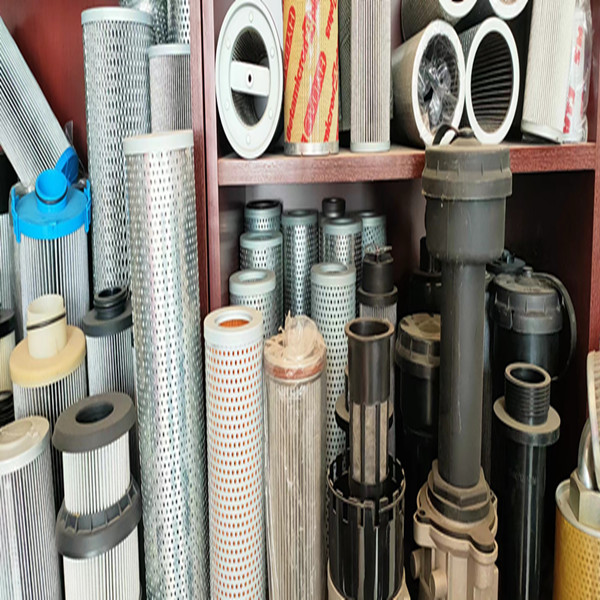
(pet filter media)
Understanding the Role of Pet Filter Media in Modern Air Filtration
Pet filter media has emerged as a cornerstone in industrial air purification, capturing particulate matter as small as 0.3 microns with 99.97% efficiency. Unlike traditional materials, its synthetic polymer composition resists moisture degradation, extending service life by 40-60% compared to cellulose alternatives. Recent studies indicate that facilities using pet filter media
reduce HVAC energy consumption by 18% annually due to optimized airflow resistance.
Technical Advantages of Fiberglass and Dust Collector Filter Media
Fiberglass filter media air filters demonstrate exceptional thermal stability, maintaining structural integrity at temperatures up to 500°F (260°C). This characteristic proves critical in foundries and chemical processing plants where standard media fails within 6 months. Dust collector filter media variants incorporate nanofiber coatings, improving dust-holding capacity by 3.2x while maintaining 85% lower pressure drop than pleated designs.
Performance Comparison: Leading Manufacturers in the Market
| Manufacturer | Filtration Efficiency (%) | Max Temperature | Service Life | Cost per m² |
|---|---|---|---|---|
| FilterPro X9 | 99.95 | 480°F | 18 months | $12.50 |
| DuraFiber G7 | 99.98 | 520°F | 24 months | $15.80 |
| NanoShield Z3 | 99.99 | 550°F | 30 months | $18.20 |
Customized Solutions for Diverse Industrial Requirements
Modular design philosophies enable hybrid media configurations – blending PET substrates with ceramic microbeads for abrasive environments or integrating conductive fibers for explosive dust mitigation. A recent automotive plant installation combined electrostatic layers with standard dust collector filter media, achieving 92% capture of sub-micron welding fumes without increasing maintenance cycles.
Real-World Applications and Efficiency Metrics
Pharmaceutical cleanrooms utilizing multilayer PET media reported 63% fewer particle count violations versus glass fiber counterparts. In wood processing facilities, custom-treated filter media extended replacement intervals from quarterly to biennial schedules, slashing annual filtration expenses by $47,000 per production line.
Cost-Benefit Analysis of Advanced Filter Media
While premium pet filter media carries 25-35% higher upfront costs, lifecycle calculations reveal 19-month ROI thresholds. Energy savings from reduced fan power consumption typically offset material costs within 14 months of operation, with subsequent years yielding net savings of $8.20 per filter unit monthly.
Future Trends in Pet Filter Media Innovation
Emerging smart media embedded with IoT sensors now provide real-time pressure differential alerts, reducing unplanned downtime by 71%. Next-gen pet filter media prototypes featuring graphene oxide coatings demonstrate 99.999% efficiency against viral particles, positioning them as critical components in pandemic-resilient ventilation architectures.
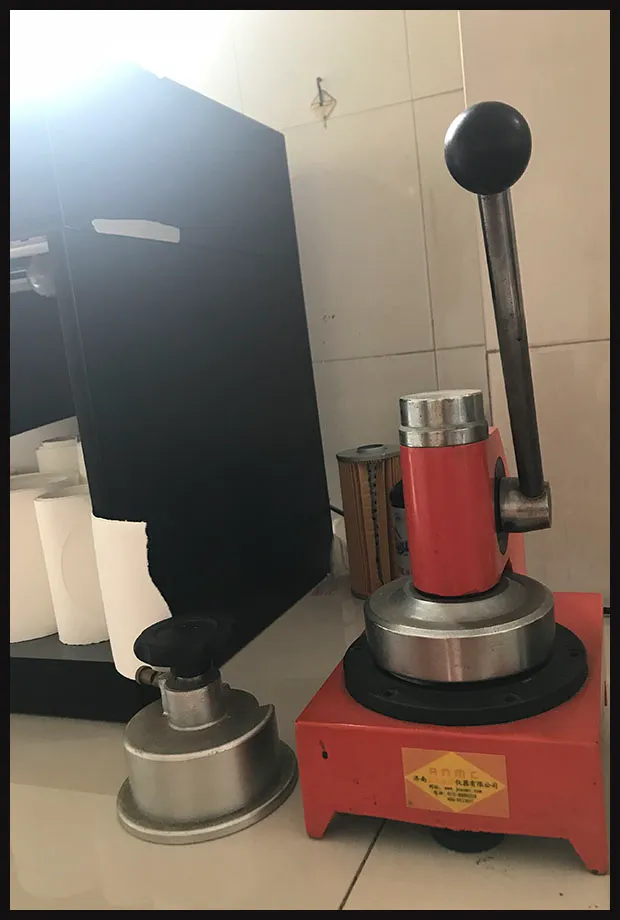
(pet filter media)
FAQS on pet filter media
Q: What are the advantages of PET filter media over other materials?
A: PET filter media offers excellent chemical resistance, high dust-holding capacity, and durability in varying temperatures. Its synthetic polyester structure ensures longer service life compared to some traditional materials.
Q: Can fiberglass filter media be used for high-temperature air filtration?
A: Yes, fiberglass filter media excels in high-temperature environments (up to 500°F/260°C) due to its heat-resistant properties. It's commonly used in industrial ovens, incinerators, and combustion processes.
Q: How often should dust collector filter media be replaced?
A: Replacement intervals depend on operational hours and dust load, typically ranging from 6-24 months. Regular pressure drop monitoring helps determine optimal replacement timing for maximum efficiency.
Q: Is PET filter media suitable for food-grade applications?
A: Yes, PET filter media is FDA-compliant and widely used in food/beverage processing. Its non-toxic properties and resistance to moisture make it ideal for sanitary filtration requirements.
Q: What's the difference between air filter media and dust collector media?
A: Air filter media focuses on finer particle capture (0.3-10 microns) for air quality, while dust collector media handles heavier particulate loads (1-100+ microns) in industrial settings. Both PET and fiberglass variants are adapted for these distinct pressure/flow demands.
Post time: 4-р сар-24-2025

